Glory to Jesus Christ!
Welcome to the official website of the Orthodox Church in America's Diocese of New England, under the guidance of His Beatitude, Metropolitan Tikhon of All America and Canada and His Grace Benedict Bishop of Hartford and the New England Diocese.
Dear Brethren in Christ,
On this auspicious day, we humbly petition our Merciful Lord to bestow upon our esteemed Archpastor, His Grace, Bishop Benedict, abundant years filled with health and continued fruitful ministry within our beloved Diocese. As he commemorates the anniversary of his birth, we celebrate the blessings he brings to our spiritual family.
Wishing you a joyous and blessed Birthday, Vladika!
00001
To the Clergy and Faithful of the Diocese of New England,
Greetings in the Lord!
Over the past few weeks the Church has given us examples to prepare us for the Great Fast: Zacchaeus shows us eagerness to see Christ; the Publican and the Pharisee show us pride to be avoided and humility to be cultivated; the Prodigal shows us repentance and the Father shows us mercy; the Last Judgment tells us what Christ expects us to do - I was hungry, you fed me; I was thirsty, you gave me something to drink; I was a stranger and you welcomed me; I was sick or in prison and you visited me.
Today as we begin the Great Fast, we are guided by two great saints of the Orthodox West: Saint Benedict, whose feast we celebrated this past Thursday, and Saint Patrick, whom we remember today. These two saints lived many centuries ago, Benedict in an Italy where Christianity was strong, but paganism had not yet died out, and Patrick in an Ireland almost if not quite entirely pagan. Benedict founded monasteries and wrote a Rule that is a guide to living the Gospel and easily adapted for the use of those in the world. Patrick preached the Gospel and converted a nation to the Orthodox faith.
Both of these saints are examples for us, since our world is becoming less Christian and more pagan, and we can follow both: Benedict in his asceticism and self-discipline, and Patrick in his missionary zeal.
Benedict in his Rule says that the life of a monk ought always to have about it the character of a lenten observance, but few have the strength for that. Then he urges his people, in the days of Lent itself, to do away with the negligences of other times-and all of us can take that to heart.
So let us welcome the season of the Fast with joy, and embrace the opportunity to do away with those negligences of other times in the things Christ told us he wants to do, by observing the fasts more closely, by increasing both our liturgical and private prayer, and by giving alms as we are able – and at least one saint pointed out that by keeping the fast and thus eating less costly and simpler foods, we save some money that is then available for the poor-and thus, as Benedict says, let us look forward with great joy to holy Pascha.
In Christ,
+Benedict
Bishop of Hartford and New England



